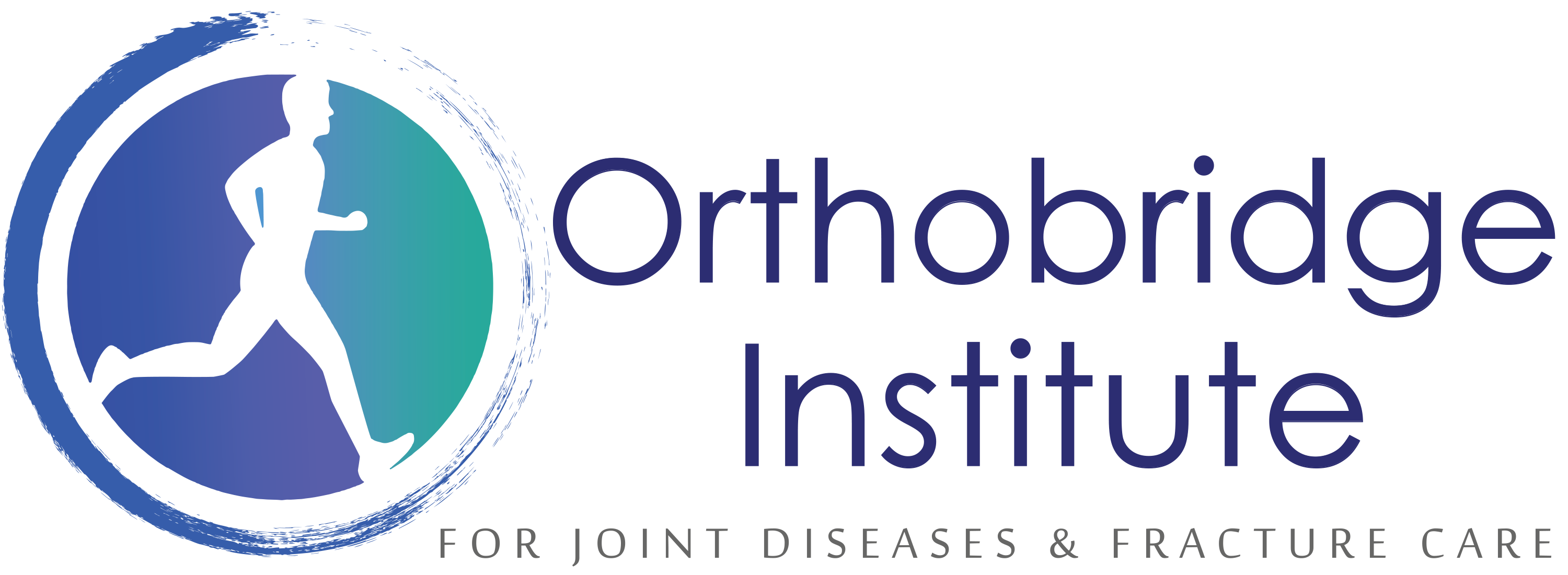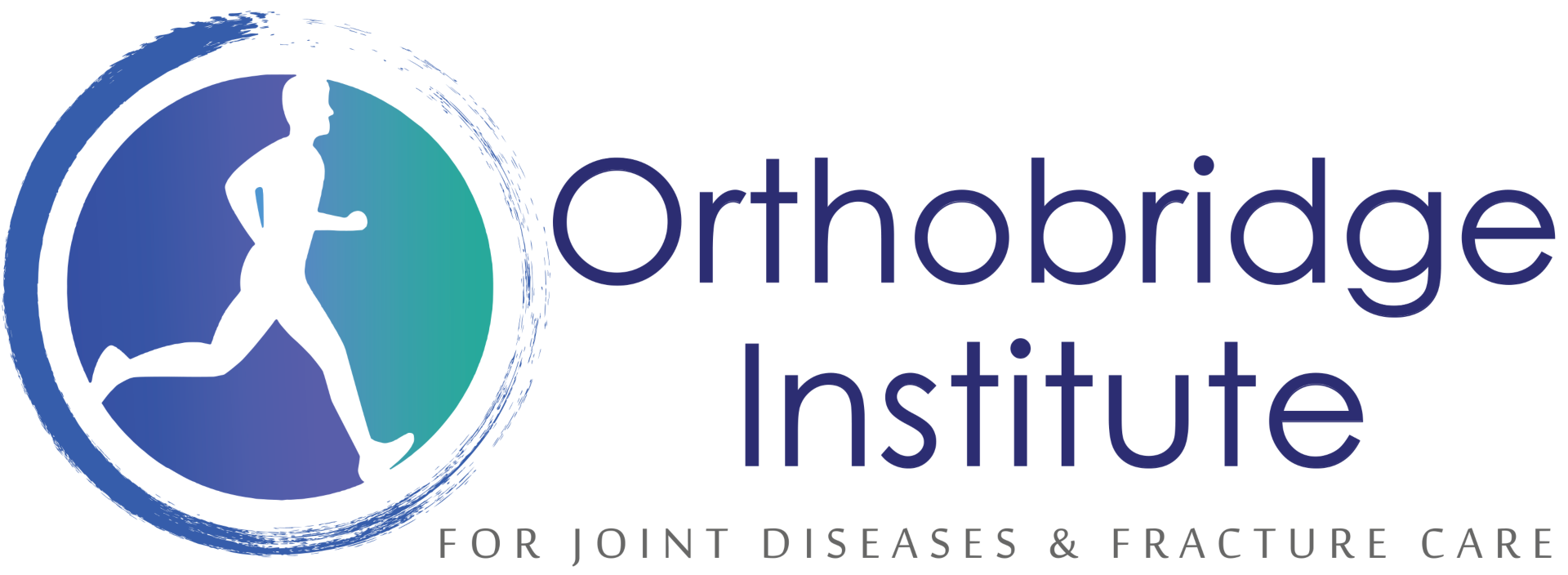Hip Dysplasia
Learn more about some common Hip Dysplasia here we treat at Orthobridge Orthopedic Centre.
Hip Dysplasia Care in Kenya.
Hip dysplasia is an abnormality in which the femur (thigh bone) does not fit together with the pelvis as it should. Symptoms are a pain in the hip, limping, and unequal leg lengths. Treatments include braces for babies, physical therapy, and surgery.
Symptoms of hip dysplasia include pain in the groin and/or on the side or back of the hip joint. These symptoms can be distinguished from “growing pains,” which are most common in kids under 10. Growing pains in the legs, knees and hips are usually felt at night, after the child has been active during the day, but then go away by the next morning. In a more serious condition like hip dysplasia, the pain will remain constant or increase over time. A child or young adult with hip dysplasia may also hear a sound – usually characterized as clicking, snapping or popping – when moving the hip during activity. The patient may also develop a limp to avoid the pain.

Signs and symptoms of hip fracture include
>>> First pregnancy
>>> Large baby
>>> Breech presentation
Hip dysplasia tends to run in families and is more common in girls. The risk of hip dysplasia is also higher in babies born in the breech position and in babies who are swaddled tightly with the hips and knees straight.
Complications
Later in life, hip dysplasia can damage the soft cartilage (labrum) that rims the socket portion of the hip joint. This is called a hip labral tear. Hip dysplasia can also make the joint more likely to develop osteoarthritis. This occurs because of higher contact pressures over a smaller surface of the socket. Over time, this wears away the smooth cartilage on the bones that helps them glide against each other as the joint moves.
Signs and symptoms of hip dysplasia
- Pain in the hip
- Loose or unstable hip joint
- Limping when walking
- Unequal leg lengths
Prevention.
Most cases of hip dysplasia cannot be prevented. To reduce the risk of hip dysplasia after birth, avoid wrapping your baby up too tightly.
How is a hip fracture treated?
Treatment options for hip dysplasia include:
- Brace: For babies under 6 months old, doctors may use a brace or harness to hold the joint in place while the child grows.
- Physical therapy: Exercises can strengthen the joint and improve flexibility (ability to move the joint).
- Surgery: In many cases, doctors repair the hip joint with operations such as: arthroscopy (a minimally invasive procedure to repair a torn labrum, the layer of cartilage around the hip socket); periacetabular osteotomy (repositions the femur into the hip socket); or, total hip replacement (restores the hip with an artificial joint).
How is a hip fracture diagnosed?
The doctor will perform a physical exam to check for hip dysplasia in the first few days of a baby’s life and again after about two months. Signs of the condition may not show up until a child is older.
X-rays, ultrasound and CT scans can confirm a diagnosis in children who are older than 6 months. These tests enable doctors to see inside the hip joint to identify the abnormality and look for signs of damage.


